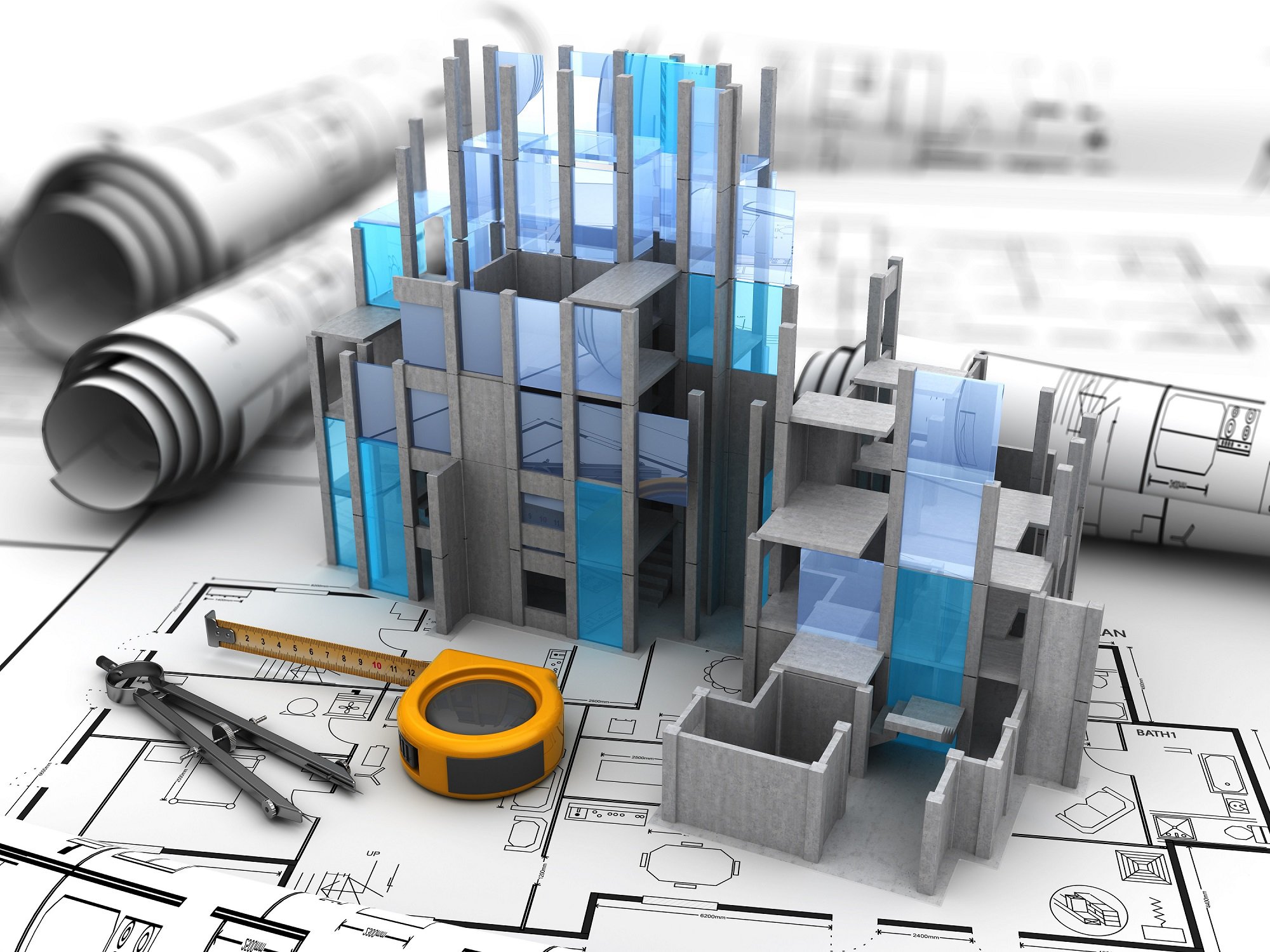The Essence of Operational Continuity: Data Center Maintenance
Maintenance in data centers is not an expense, but a key investment to ensure uninterrupted operation and efficiency. It involves a combination of proactive and reactive practices to repair, monitor, inspect, and service all the systems that keep these critical facilities running. The main goal is to maximize uptime, extend equipment lifespan, and optimize the performance of all components.
The importance of maintenance lies in the fact that data center outages can lead to costs exceeding hundreds of thousands of dollars, from which recovery can be difficult. Regular maintenance helps identify and prevent issues that could cause system failures, such as power outages, equipment malfunctions, security vulnerabilities, and even the buildup of dust and dirt.
There are several approaches to maintenance:
• Preventive Maintenance: It involves routine tasks performed regularly, even if the equipment doesn't appear to need repair. It helps prevent most issues, although it can sometimes be excessive.
• Reliability-Centered Maintenance: This approach prioritizes the most critical systems of the business, planning maintenance tasks accordingly. Less vital systems are attended to less frequently.
• Predictive Maintenance: Similar to reliability-centered maintenance, this type focuses on the most urgent priorities. It is implemented using tools like predictive artificial intelligence, which uses sensors and data analysis to identify current conditions and potential future failures.
• Corrective Maintenance: It involves fixing equipment that has already broken down.
To ensure optimal operation, there are essential best practices:
• Create Redundancies: Implementing additional power systems, cooling, and network connections improves uptime and facilitates maintenance.
• Maintain Stable Indoor Climates: Temperature and humidity fluctuations accelerate equipment wear. Maintaining a stable environment extends its lifespan.
• Establish Solid Testing Protocols: It is vital to regularly test emergency systems such as generators, backup systems, and fire suppression equipment to ensure they function properly.
• Hire the Right Personnel: The performance of the data center directly depends on the expertise of the personnel available to operate and maintain the facility. Hiring experts or outsourcing the work is crucial.
• Maintain a Clean Environment: Dust and debris can overheat equipment and shorten its lifespan. Regular cleaning and an organized environment are essential.
• Emergency Preparedness: Maintenance can’t protect against everything. It’s necessary to have measures in place for power outages, cyberattacks, or fires, and to test the disaster recovery plan at least once a year.
Finally, physical security is a critical component. It focuses on protecting assets such as data, networks, mechanical equipment, and utilities. An effective physical protection system has four basic functions:
• Deterrence: Creates a perception of difficulty for malicious actors.
• Detection: Identifies unauthorized access or access attempts as early as possible, using intrusion detection systems, access control, and video surveillance.
• Delay: Increases the time and effort required for a malicious actor to reach a target, through physical barriers and resilient design.
• Response: Enables the timely and accurate deployment of security personnel to intercept and disrupt the malicious actor.
A “defense-in-depth” approach involves layering multiple security measures so that an adversary must bypass several layers before reaching a protected asset.
Sources:
• Excerpts from “Optimizing Data Center Maintenance for Continuity and Cost”
• Excerpts from “Episode 2: Maintaining The White Space”
• Excerpts from “What is Data Center Maintenance? 8 Best Practices – TierPoint”
• Excerpts from “data center physical security guidelines – Open Compute Project”



